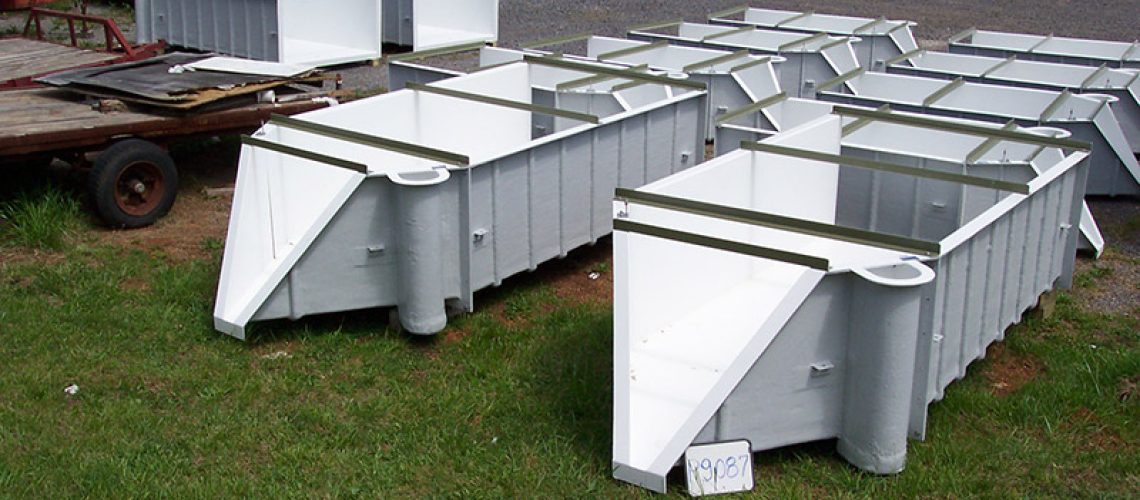Even when you have a good flume that’s properly installed and offers accurate measurements, you need to make sure that it can last as long as you need. Turns out, one of the key factors to longevity is the kind of material you use for your flume. Discover the life span of flume materials, and find out which would be the perfect fit for your flow channel.
Stainless Steel
Stainless steel flumes have a lot to offer, especially when it comes to life span. Essentially, the life span is indefinite because normal flow conditions don’t really have any effect on them whatsoever, but that seemingly impossible longevity is only possible under very specific conditions.
When you have a stainless steel flume, you’ll need a normal, uniform, noncorrosive flow for it to last as long as you need it to. Unfortunately, a lot of flow channels have to deal with corrosive or otherwise abusive flows. Stainless steel isn’t quite as adept at withstanding abuse, so it can falter relatively quickly compared with other types of flume materials. The more abuse it suffers under the flow, the shorter its life span will be. This can be so short, in fact, that it may be downright impractical to even try it for certain flow channels.
Galvanized Steel
Galvanized steel is a bit more adept at withstanding corrosion, but there are still some problems that can arise. Galvanized steel functions by allowing for a zinc coating to corrode as an aftereffect of the galvanization process. The actual rate at which zinc corrodes varies quite a bit based on different factors in the water conditions.
The useful life span of galvanized steel is determined by gasses, hardness, flow rate and ions. Gasses like oxygen can create more corrosion products on the surface of the flume, so open-air flumes will corrode faster. Soft water without carbonates causes zinc to corrode faster. A higher flow rate means increased friction and more corrosion. Ions like chloride are especially hard on zinc, too.
Fiberglass
Flumes made from fiberglass are pretty tough, with an impressive life span averaging about 15 to 20 years. While that varies based on how abusive the environment is, like all flume materials, fiberglass tends to be generally consistent in the protections it offers. This is thanks to the protective gel coat that keeps fiberglass flumes resistant to damage.
The gel coat laminate provides protection from all kinds of abuse, even from sources other than the flow itself. UV protection is an inherent part of its functionality. The polyester resins that fiberglass flumes are equipped with are able to withstand a wide variety of chemicals as long as they’re at atmospheric temperatures, which is almost always a given in flow channels.
Fiberglass Flumes From Tracom
With the life span of flume materials in mind, you may want to consider fiberglass for your next flume. That’s where Tracom can help. We have a wide variety of fiberglass flumes available, and thanks to the moldability of fiberglass, our team can even create custom designs for your unique flow channel conditions. Contact us today to get started!



